Vahab S. Mirrokni
Feature Cross Search via Submodular Optimization
Jul 05, 2021Abstract:In this paper, we study feature cross search as a fundamental primitive in feature engineering. The importance of feature cross search especially for the linear model has been known for a while, with well-known textbook examples. In this problem, the goal is to select a small subset of features, combine them to form a new feature (called the crossed feature) by considering their Cartesian product, and find feature crosses to learn an \emph{accurate} model. In particular, we study the problem of maximizing a normalized Area Under the Curve (AUC) of the linear model trained on the crossed feature column. First, we show that it is not possible to provide an $n^{1/\log\log n}$-approximation algorithm for this problem unless the exponential time hypothesis fails. This result also rules out the possibility of solving this problem in polynomial time unless $\mathsf{P}=\mathsf{NP}$. On the positive side, by assuming the \naive\ assumption, we show that there exists a simple greedy $(1-1/e)$-approximation algorithm for this problem. This result is established by relating the AUC to the total variation of the commutator of two probability measures and showing that the total variation of the commutator is monotone and submodular. To show this, we relate the submodularity of this function to the positive semi-definiteness of a corresponding kernel matrix. Then, we use Bochner's theorem to prove the positive semi-definiteness by showing that its inverse Fourier transform is non-negative everywhere. Our techniques and structural results might be of independent interest.
Locality-Sensitive Hashing for f-Divergences: Mutual Information Loss and Beyond
Oct 28, 2019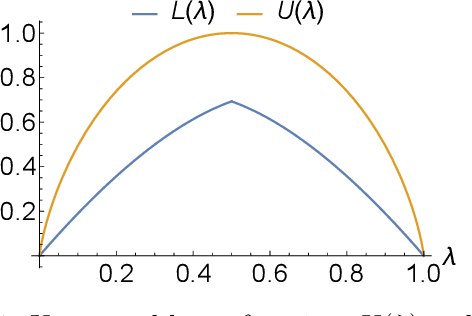
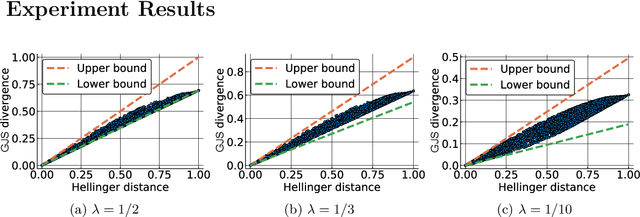


Abstract:Computing approximate nearest neighbors in high dimensional spaces is a central problem in large-scale data mining with a wide range of applications in machine learning and data science. A popular and effective technique in computing nearest neighbors approximately is the locality-sensitive hashing (LSH) scheme. In this paper, we aim to develop LSH schemes for distance functions that measure the distance between two probability distributions, particularly for f-divergences as well as a generalization to capture mutual information loss. First, we provide a general framework to design LHS schemes for f-divergence distance functions and develop LSH schemes for the generalized Jensen-Shannon divergence and triangular discrimination in this framework. We show a two-sided approximation result for approximation of the generalized Jensen-Shannon divergence by the Hellinger distance, which may be of independent interest. Next, we show a general method of reducing the problem of designing an LSH scheme for a Krein kernel (which can be expressed as the difference of two positive definite kernels) to the problem of maximum inner product search. We exemplify this method by applying it to the mutual information loss, due to its several important applications such as model compression.
Categorical Feature Compression via Submodular Optimization
Apr 30, 2019
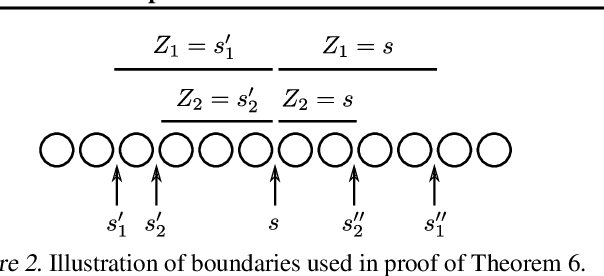
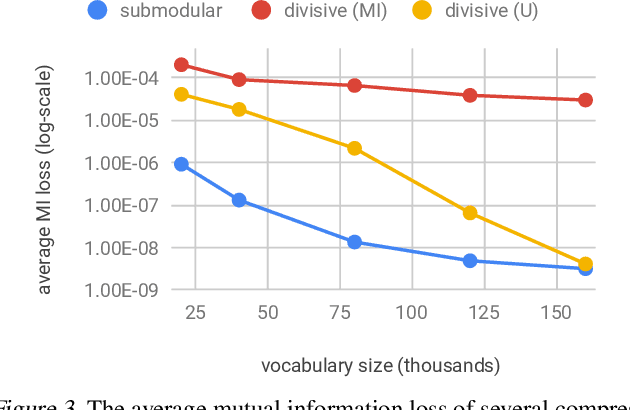
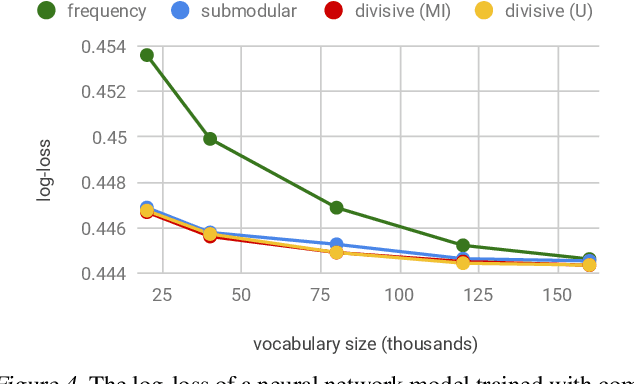
Abstract:In the era of big data, learning from categorical features with very large vocabularies (e.g., 28 million for the Criteo click prediction dataset) has become a practical challenge for machine learning researchers and practitioners. We design a highly-scalable vocabulary compression algorithm that seeks to maximize the mutual information between the compressed categorical feature and the target binary labels and we furthermore show that its solution is guaranteed to be within a $1-1/e \approx 63\%$ factor of the global optimal solution. To achieve this, we introduce a novel re-parametrization of the mutual information objective, which we prove is submodular, and design a data structure to query the submodular function in amortized $O(\log n )$ time (where $n$ is the input vocabulary size). Our complete algorithm is shown to operate in $O(n \log n )$ time. Additionally, we design a distributed implementation in which the query data structure is decomposed across $O(k)$ machines such that each machine only requires $O(\frac n k)$ space, while still preserving the approximation guarantee and using only logarithmic rounds of computation. We also provide analysis of simple alternative heuristic compression methods to demonstrate they cannot achieve any approximation guarantee. Using the large-scale Criteo learning task, we demonstrate better performance in retaining mutual information and also verify competitive learning performance compared to other baseline methods.
 Add to Chrome
Add to Chrome Add to Firefox
Add to Firefox Add to Edge
Add to Edge